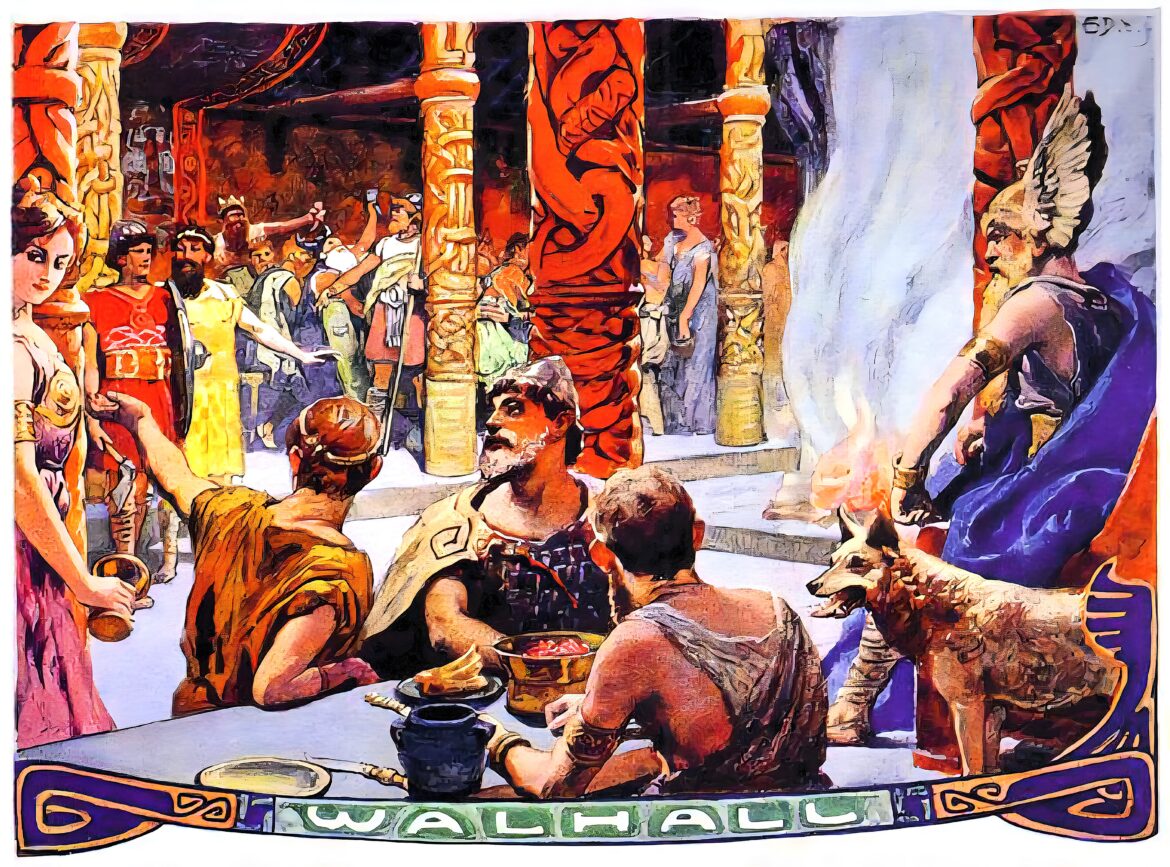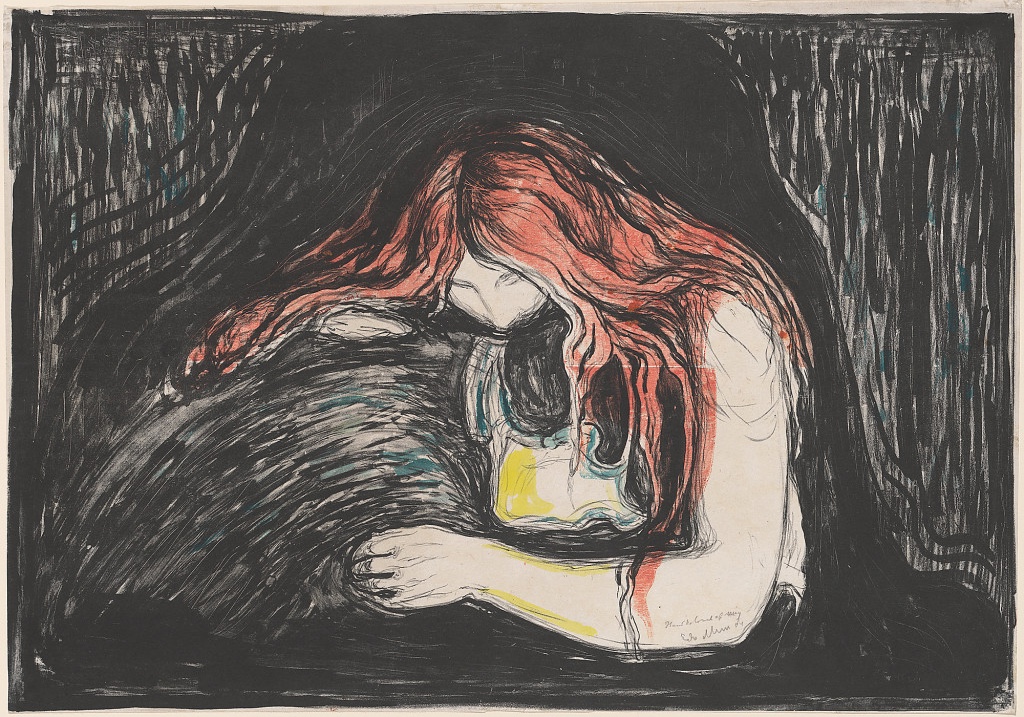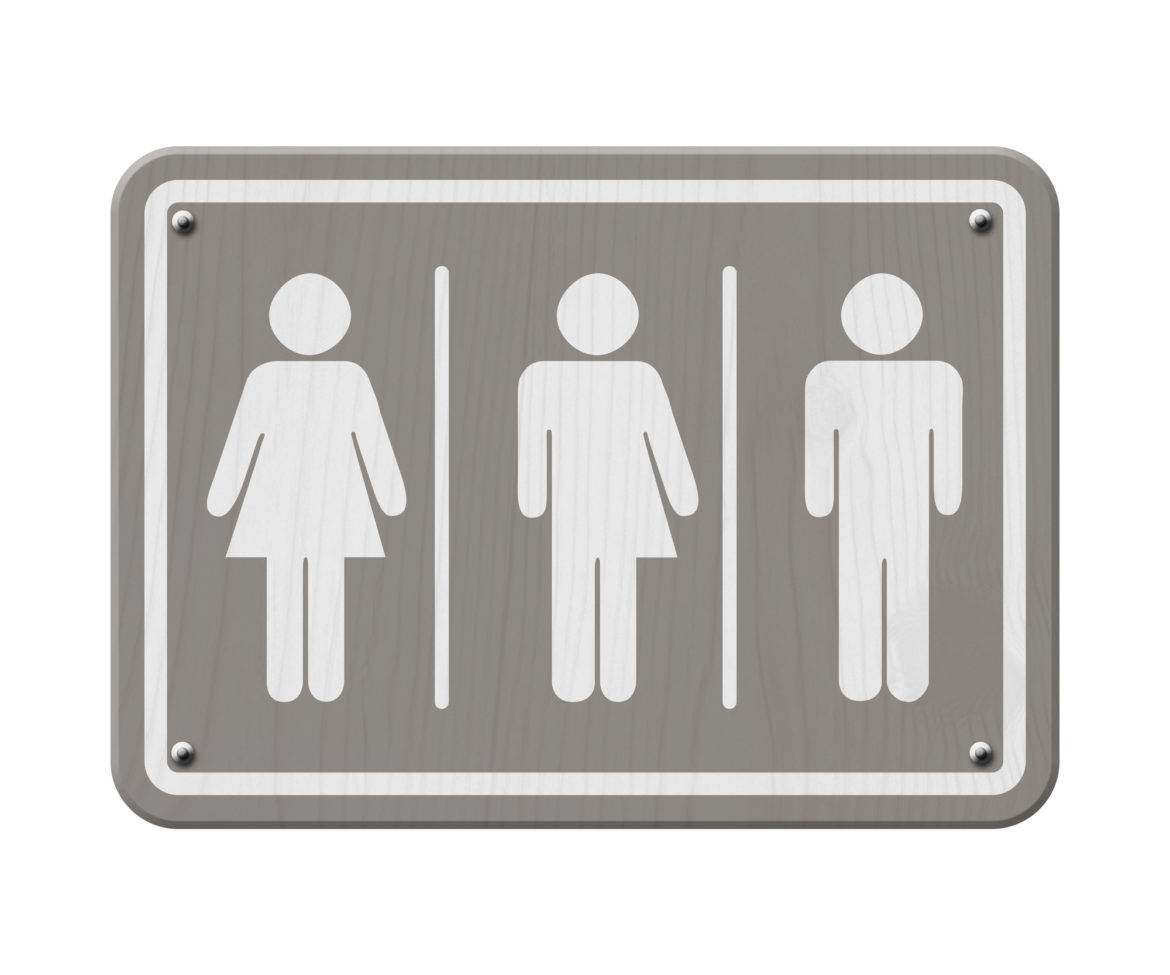Culture
Charlie Kirk in Valhalla
|
Spurred by FBI Director Kash Patel’s unexpected invocation of Valhalla following the murder of conservative activist Charlie Kirk, Karl E. H. Seigfried asks: if, as Heathens, “we are our deeds,” how should we view the life and death of Kirk?




